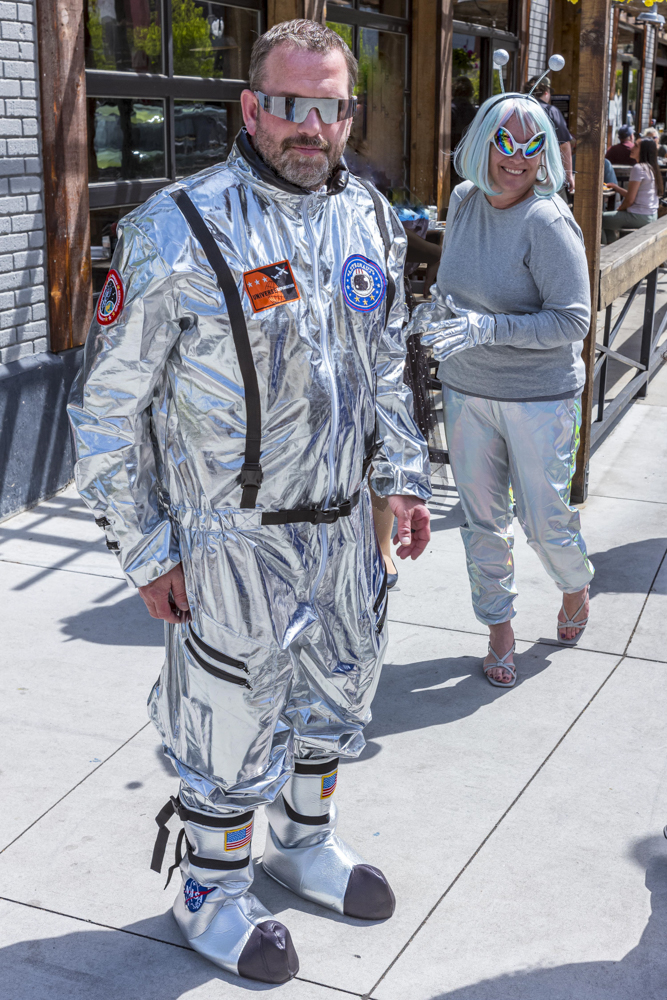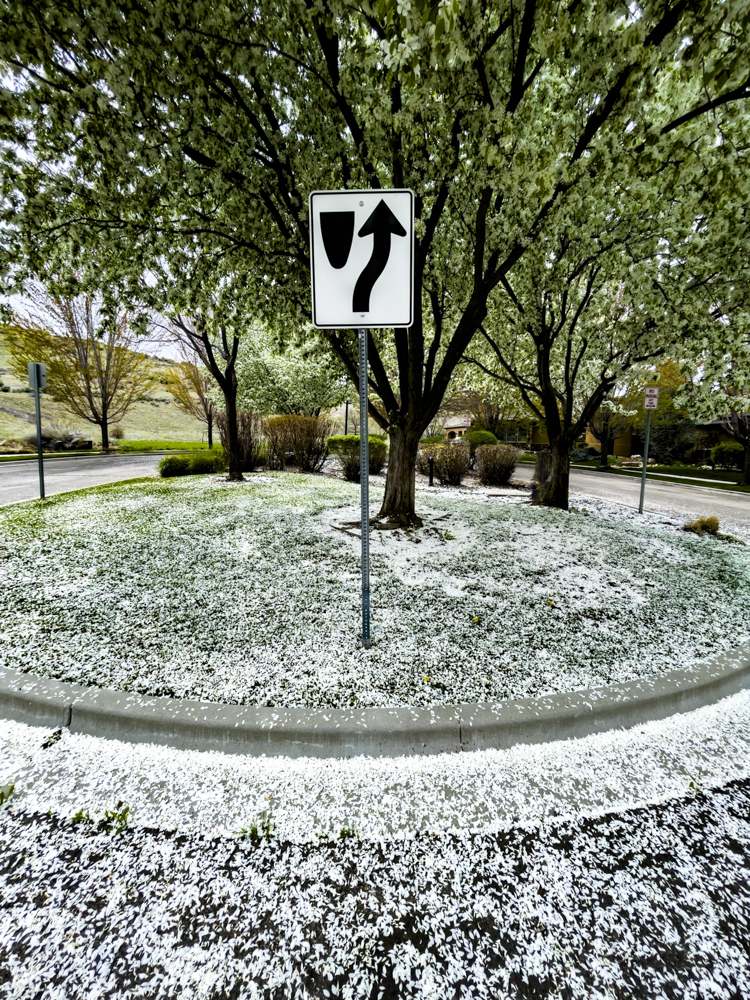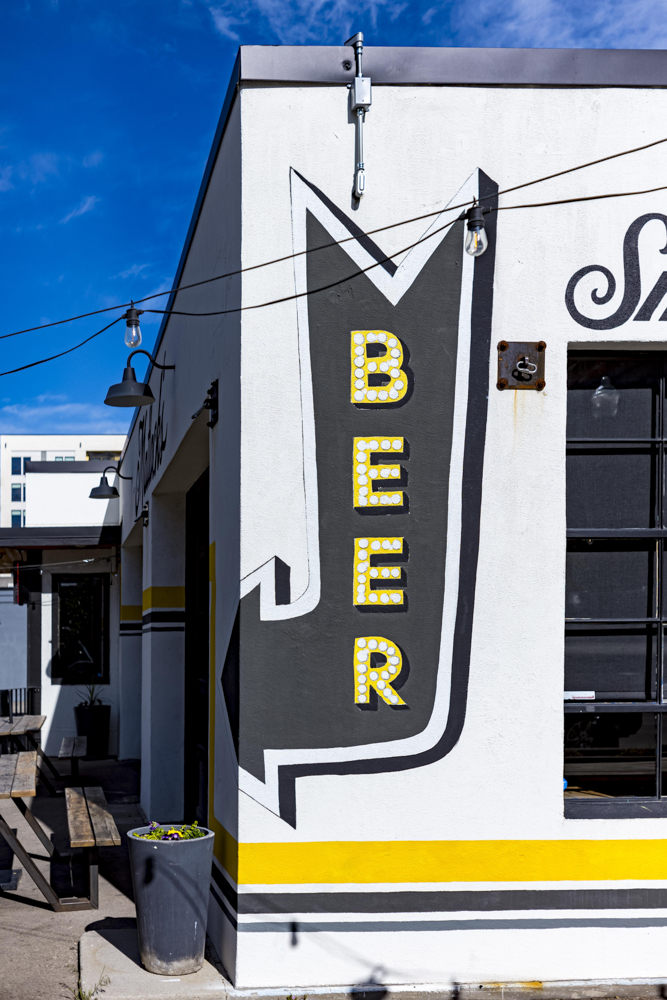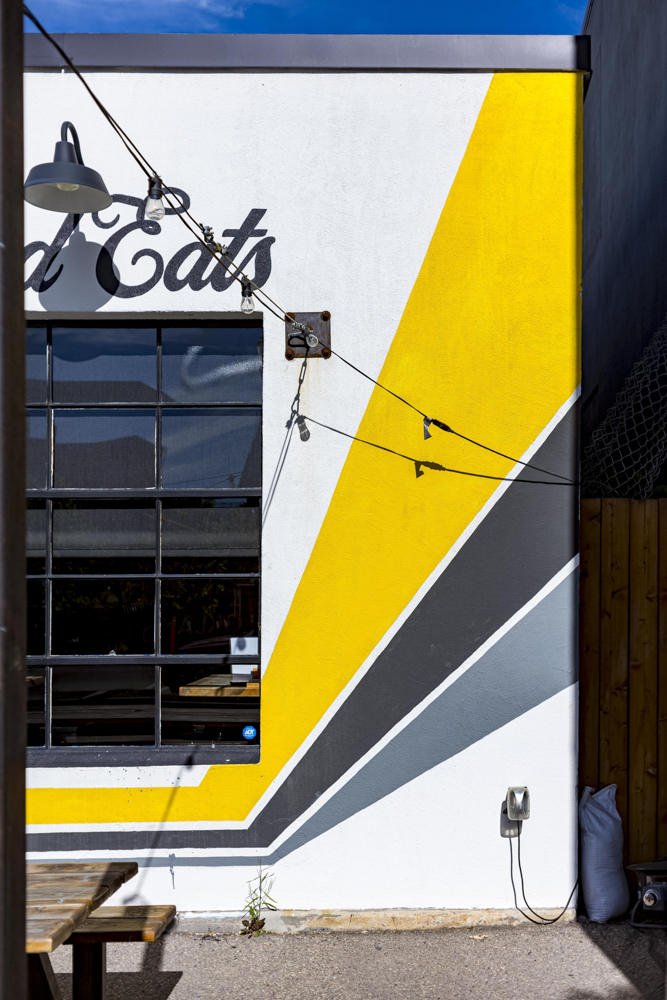It actually works.
I’m not much one for post processing. Maybe a touch on the Highlights and Shadows sliders and a correction of a leaning vertical or two, but that’s pretty much it. Mostly I’m of the set that believes you cannot make a silk purse out of a sow’s ear.
But this is an image I rather liked for the girl’s intensely watchful expression and it was a real grab shot. No time to think, just point and click. And the result was a blurred image owing to camera motion.
Here it is after processing in Topaz Labs Image Unblur:

The deblurred image.
In addition to passing the image through the web-based Topaz app (which has jumped on the ‘add AI to anything to make it sexier’ bandwagon) I added Sharpening=113 in LRc. The result, shown in this after and before 100% pixel peeping comparison in LRc is fairly remarkable, with artifacts at a minimum:
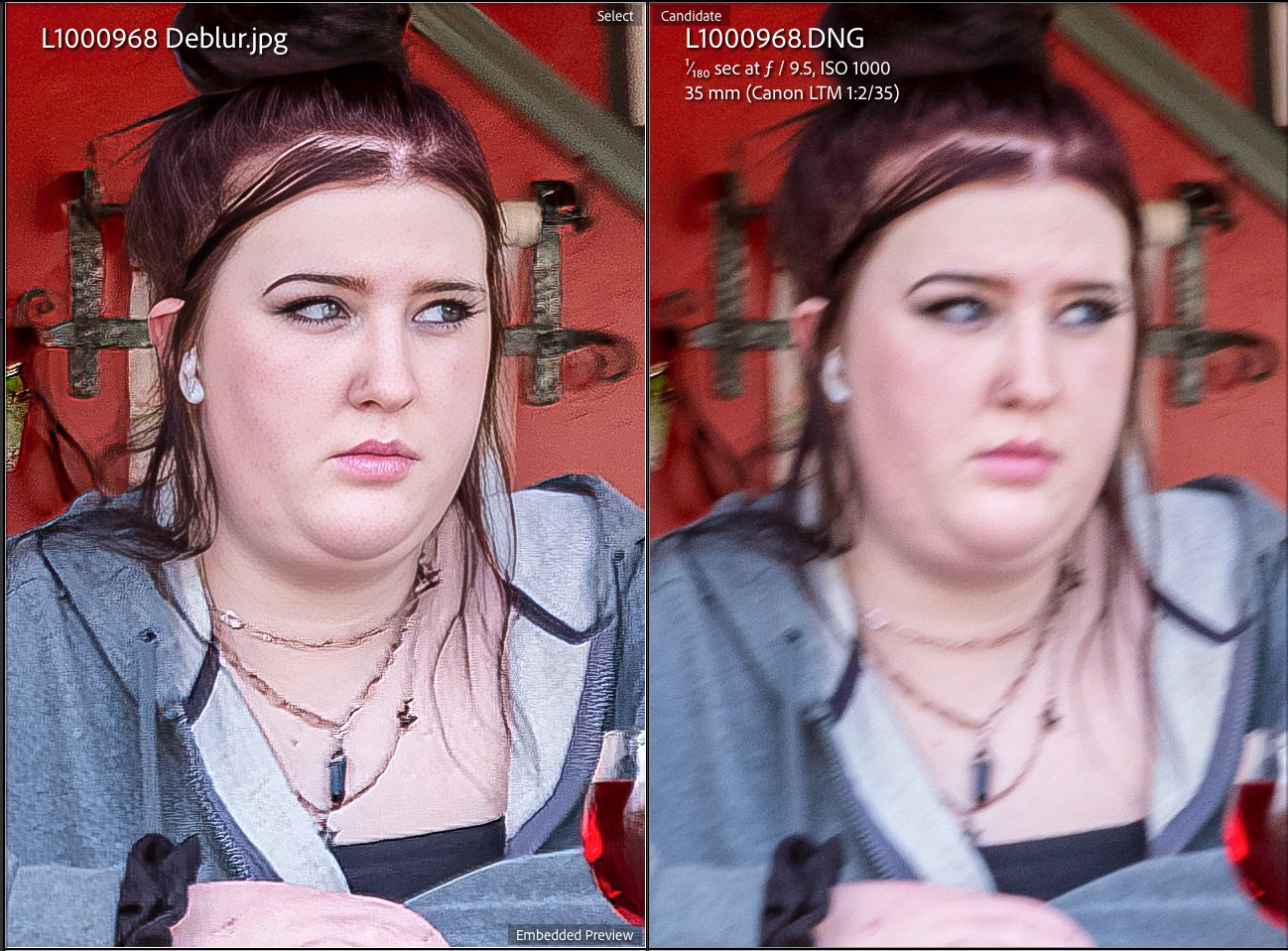
After and before.
Topaz gives you 20 freebies but for the life of me I cannot figure out the pricing thereafter. Still, 20 is likely to last me a few years …. even if encroaching age points to more blurred images!
Leica M10, 35mm Canon LTM.
